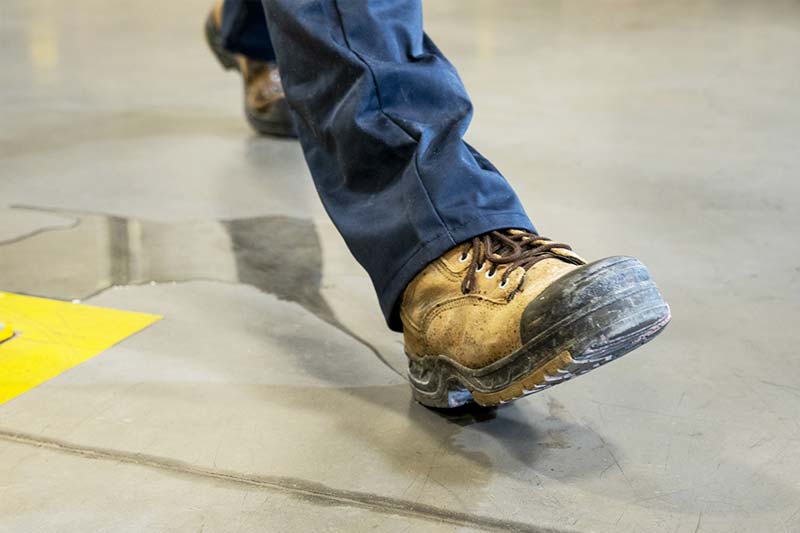When a person is injured by tripping or slipping and falling, it is commonly referred to as a “slip and fall accident.” Some of the most common types of slip and fall accidents include:
- Slipping on wet flooring
- Tripping on loose, torn or damaged flooring
- Falling in locations with dim lighting
- Falling down faulty stairways or due to lack of handrails
- Tripping over uneven or damaged sidewalks
If you or a loved one is involved in a slip and fall accident, you should immediately notify the manager of the property or a security guard and request that an accident report be filed. You should also seek medical assistance as soon as possible. Even if you do not feel any pain at the time of your fall, many symptoms can take days to appear. A seemingly “minor” fall can result in severe injuries that require expensive medical treatment.
If a slip and fall accident occurs on another person or entity’s property, it is possible that the property owner has liability for your damages suffered. In some cases, it is very simple to determine who is responsible for your injuries, while in other cases, it can be very complicated. Working with an experienced personal injury attorney can help ensure that all the potentially liable parties are discovered and included in your lawsuit.
In order to successfully establish a party’s liability for your slip and fall injuries, you must prove that the accident was caused by a dangerous condition and that the property owner was aware of the risks the condition presented. If you can prove these two factors, you may be entitled to recoup damages such as medical bills, wages lost due to missing work, and pain and suffering damages.
A few things to consider in trying to prove liability for a slip and fall case is whether the owner of the property (or an agent/employee of the owner) should have identified the hazardous condition and repaired or removed it, but failed to take any action. In other words, would a reasonable person have recognized that the condition was dangerous to others? Did the property owner or his agent have an adequate opportunity to resolve the situation prior to the accident occurring?
What if the property owner or his agent was the cause of the dangerous condition? For example, an employee who failed to clean up a wet floor or adequately caution others of it in a timely manner, knowing that it was reasonably foreseeable that a customer could slip and fall due to the wet floor. This failure to take action to remedy a dangerous condition can be the cause of a slip and fall injury.
If you or a loved one has been injured in a slip and fall accident, contact The Law Office of Alex Cha & Associates today. We will investigate your claim, gather evidence and fight for your rights so you can focus on recovering from your injuries.
